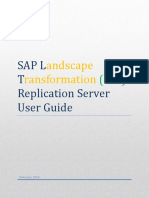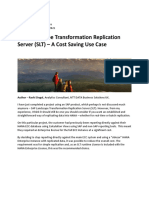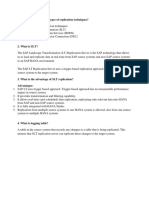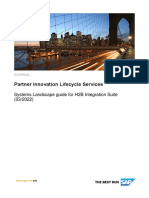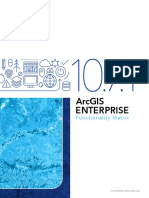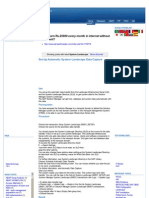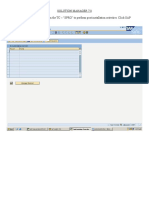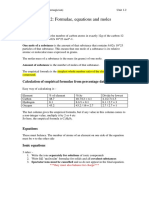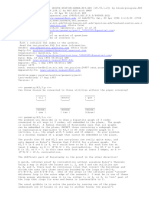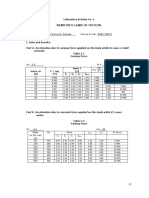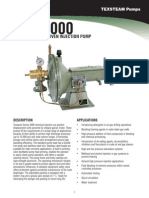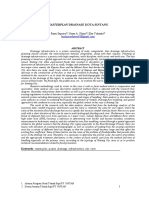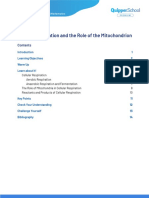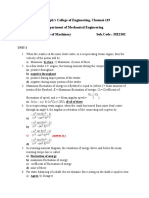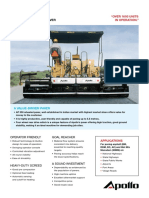0% found this document useful (0 votes)
7 views20 pagesInstallation Guide
This installation guide provides detailed instructions for setting up the SAP Landscape Transformation Replication Server (SAP LT Replication Server) for various versions, including 2.0, 3.0, and for SAP S/4HANA 1.0. It outlines installation options, system requirements, and post-installation activities aimed at system administrators and consultants. The document also includes typographic conventions and a history of changes made across different versions.
Uploaded by
rajashekar mulamattamCopyright
© © All Rights Reserved
We take content rights seriously. If you suspect this is your content, claim it here.
Available Formats
Download as PDF, TXT or read online on Scribd
0% found this document useful (0 votes)
7 views20 pagesInstallation Guide
This installation guide provides detailed instructions for setting up the SAP Landscape Transformation Replication Server (SAP LT Replication Server) for various versions, including 2.0, 3.0, and for SAP S/4HANA 1.0. It outlines installation options, system requirements, and post-installation activities aimed at system administrators and consultants. The document also includes typographic conventions and a history of changes made across different versions.
Uploaded by
rajashekar mulamattamCopyright
© © All Rights Reserved
We take content rights seriously. If you suspect this is your content, claim it here.
Available Formats
Download as PDF, TXT or read online on Scribd
/ 20




